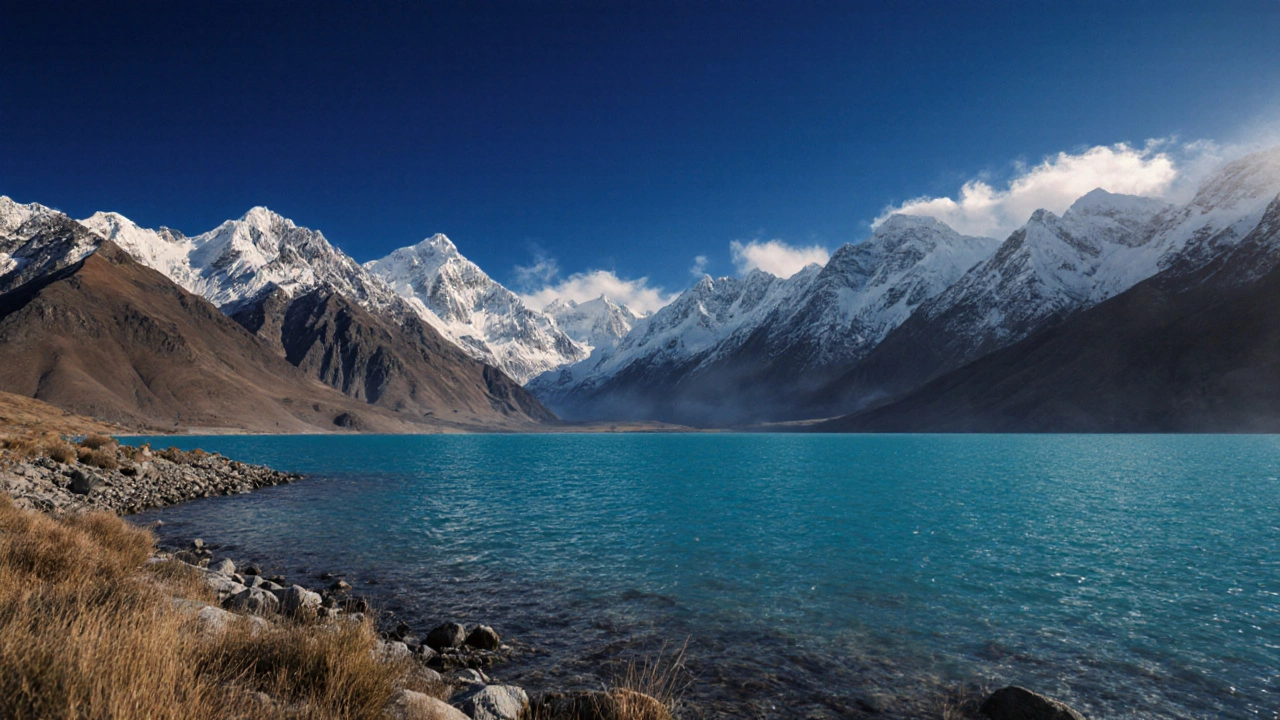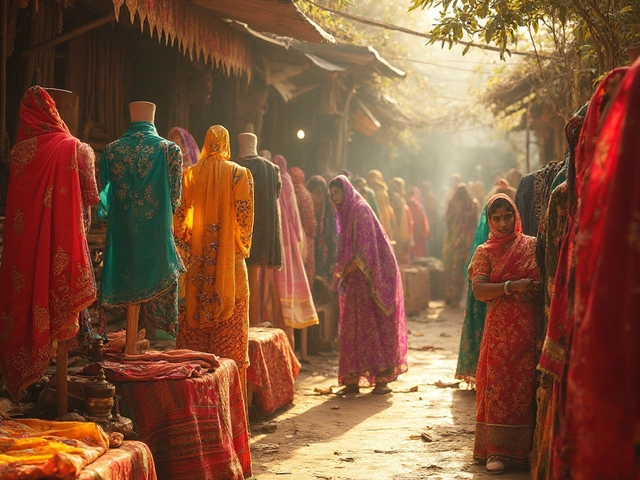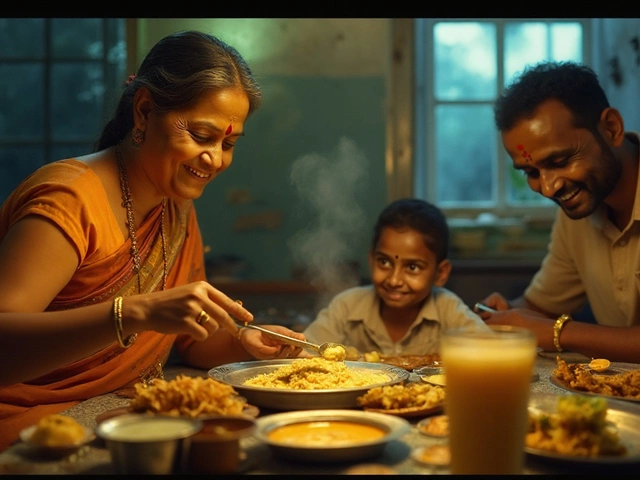Indian Tourist Attractions: Top Sites, Cultural Gems, and Hidden Spots
When you think of Indian tourist attractions, the iconic landmarks and living cultural sites that draw millions to India each year. Also known as India travel destinations, these places aren’t just photo stops—they’re where centuries of art, faith, and community still breathe. From the marble grandeur of the Taj Mahal to the quiet rituals of a village temple, India’s top sites aren’t built just for visitors—they’re woven into the rhythm of everyday life.
Many of these spots connect to deeper cultural roots. For example, Pithora painting, a sacred tribal art form from Gujarat that turns walls into spiritual stories, isn’t just a craft—it’s a living tradition you can see in rural homes and festivals. Similarly, Hindustani and Carnatic music, the two main branches of Indian classical music with distinct regional styles and instruments, aren’t just performed in concert halls—they echo in temple courtyards and street performances from Delhi to Chennai. Even something as simple as a street snack in Gujarat, like dhokla, a steamed savory cake that’s a staple of Gujarati cuisine and a symbol of local food culture, becomes part of the travel experience when you learn why it’s eaten during festivals and family gatherings.
What makes Indian tourist attractions stand out isn’t just their age or scale—it’s how they’re still used. The temples of Tamil Nadu aren’t museum pieces; they’re active centers of worship, dance, and community. The forts of Rajasthan aren’t just ruins—they’re homes to artisans who still carve stone and weave textiles the same way their ancestors did. Even the dress codes you’ll notice near these sites—like modest clothing at religious spots—are part of the cultural landscape, not just rules for tourists. These aren’t static exhibits. They’re alive, changing, and deeply personal to the people who live with them every day.
If you’re planning a trip, you’ll find more than just famous landmarks here. You’ll discover how festivals like Diwali or Onam turn entire cities into celebrations, how regional food shapes local identity, and how art forms like Pithora or temple sculpture survive because communities choose to keep them alive. The posts below cover the must-see spots, the hidden corners, the traditions behind the sights, and the practical tips that make your visit meaningful—not just memorable.





